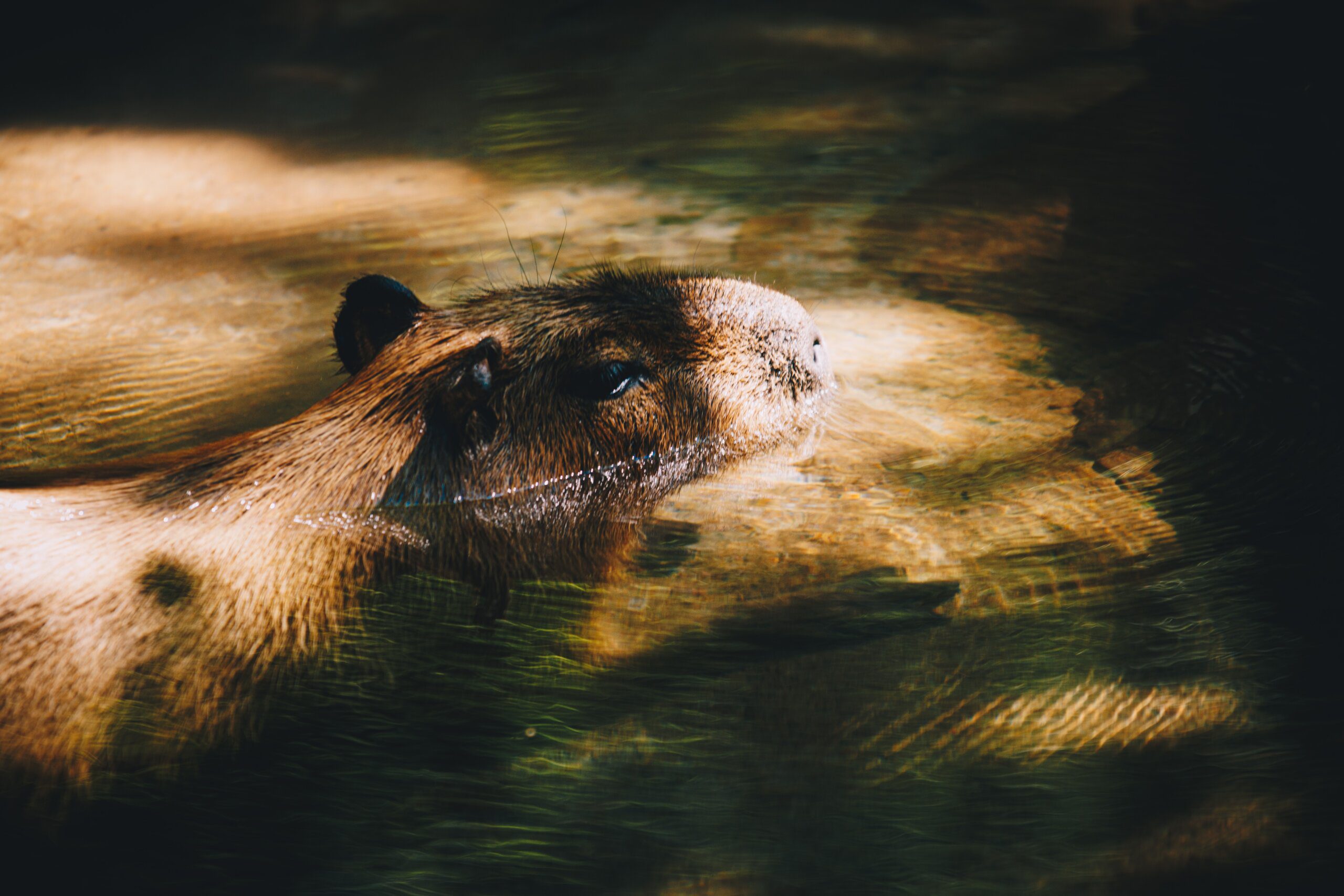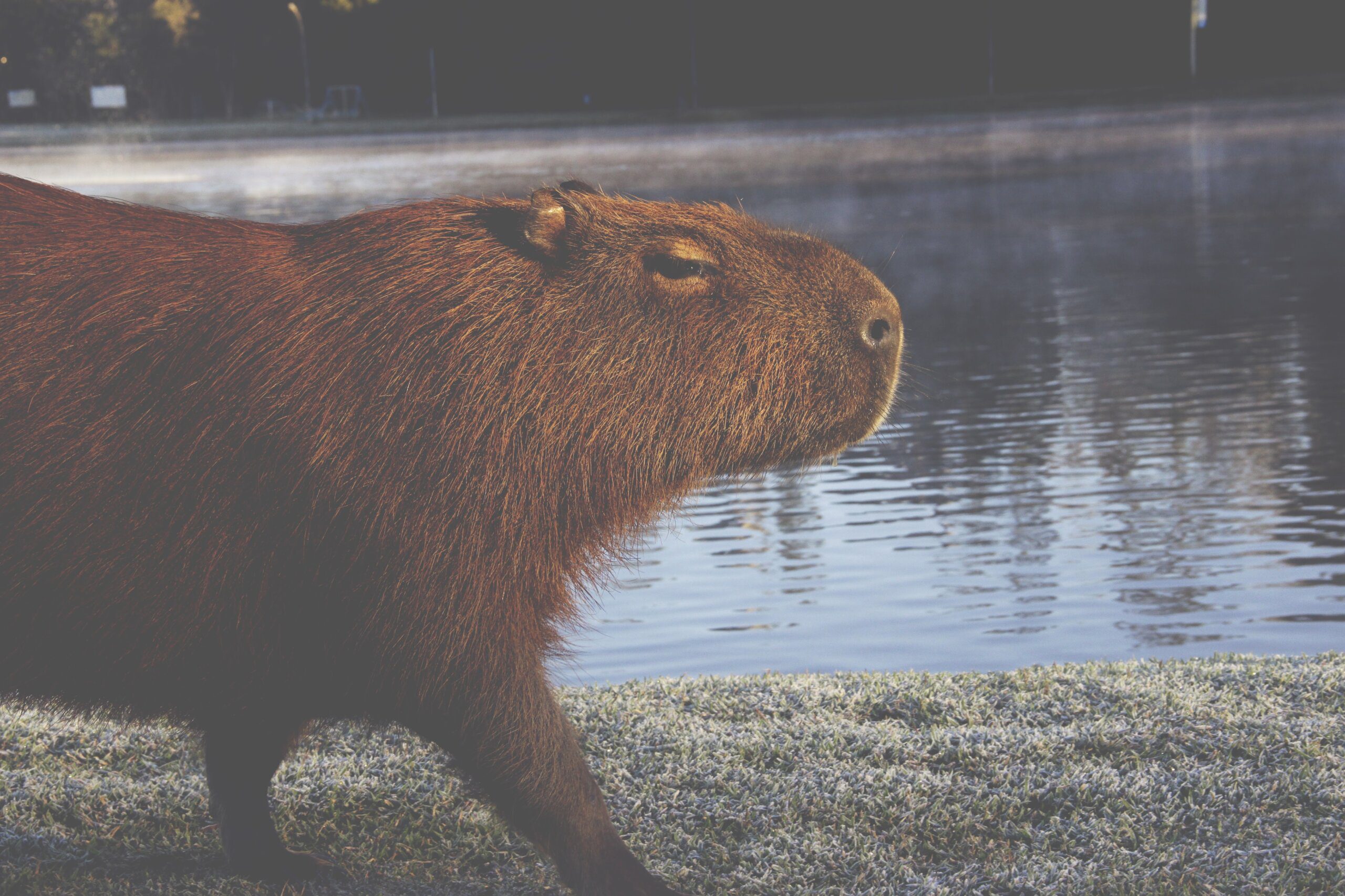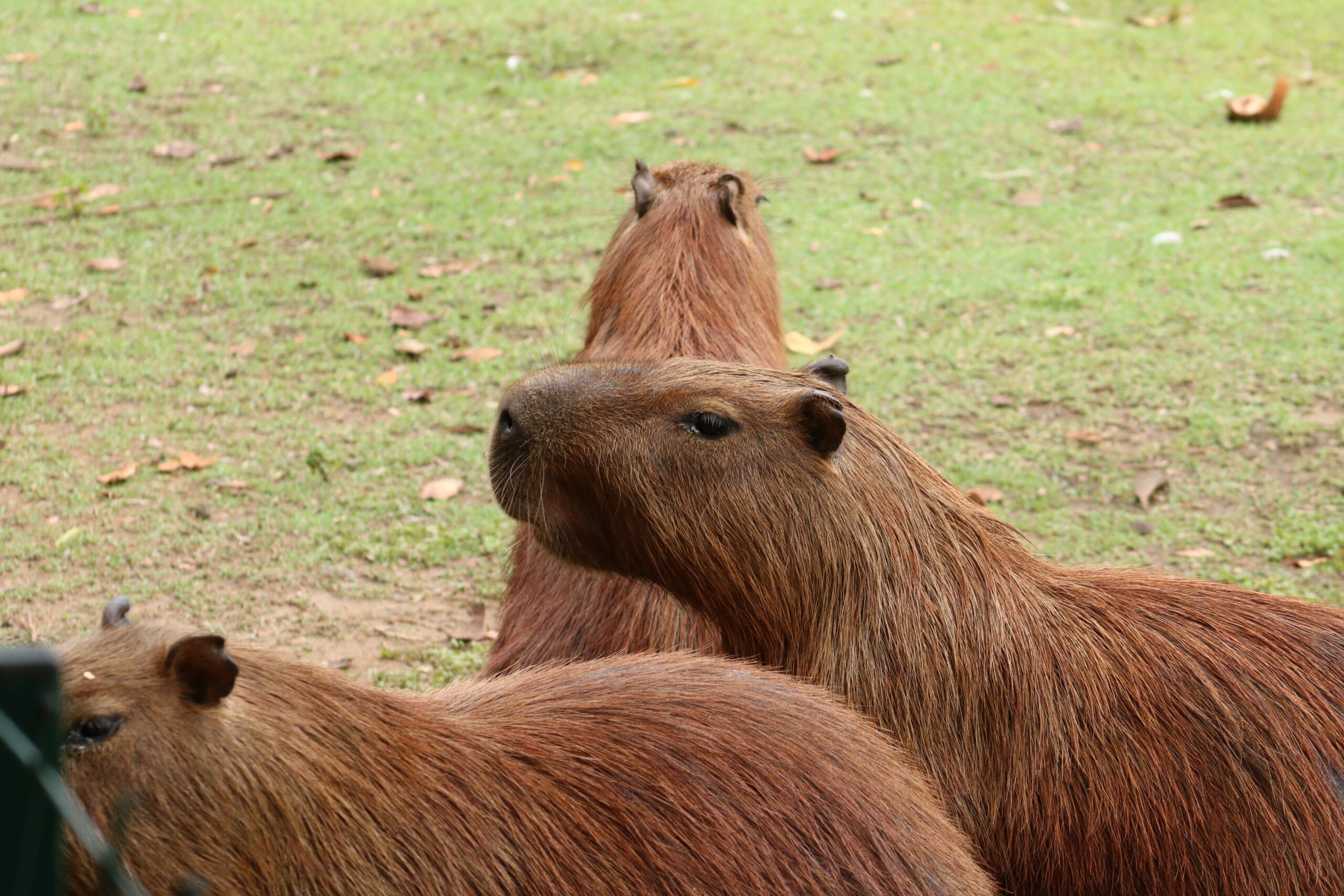Let us take a moment to appreciate the undeniable cuteness of the capybara. From their large round eyes to their endearing little snouts, these adorable creatures have captivated the hearts of animal lovers worldwide. So, sit back and prepare to be enchanted as we present to you a delightful showcase of pictures featuring these lovable capybaras in all their adorable glory. Get ready for a dose of irresistible charm as we explore the captivating world of the capybara.
The Adorable Capybara: A Picture Showcase

Appearance
Capybaras are the largest rodents in the world and have an undeniable charm. Their size can range from 3 to 4.5 feet in length and they can weigh anywhere between 77 to 146 pounds. Despite their large size, capybaras have a streamlined physique, with a stout body and short legs. Their heads are round, with small ears and eyes that shine with curiosity. Capybaras also possess blunt snouts and sharp front incisors, which are ideal for their herbivorous diet.
The coloration of capybaras is a beautiful mix of shades, ranging from a warm reddish-brown to a deep rich mahogany. Underneath their lustrous fur, capybaras also have a layer of thick, dark skin that helps them retain moisture when they swim.
Habitat
Capybaras are native to South America and can be found in a variety of habitats across the continent. They have a geographical range that spans from Panama to northern Argentina, favoring regions with an abundance of water bodies such as rivers, lakes, and marshes. These semi-aquatic creatures are well-suited for a life near water, as they are excellent swimmers and can even stay submerged for several minutes.
Within their preferred habitats, capybaras have specific resting places where they retreat for shelter and relaxation. They often create burrows or take refuge in thickets and vegetation near the water’s edge to escape the heat of the day and seek protection from predators.

Diet
Capybaras have a herbivorous diet, primarily consisting of various plants and vegetation. They are selective eaters and have developed a preference for certain types of plants. The capybaras’ favored menu includes grasses, aquatic plants, and tree barks. They use their sharp incisors to graze on these plant materials, meticulously consuming the portions that provide the most nutritional value.
Their ability to digest cellulose, which is found in plant cell walls, is facilitated by bacteria in their gut. This adaptation allows capybaras to efficiently extract nutrients from their plant-based diet, sustaining their large bodies.
Behavior
Capybaras are highly social animals and are often found in large groups known as herds. These herds can consist of anywhere between 10 to 40 individuals, creating a sense of safety and companionship. Within these groups, capybaras display a cooperative and peaceful social behavior, engaging in mutual grooming sessions and forming strong bonds.
Communication among capybaras is crucial for social cohesion. They vocalize with a range of sounds including whistles, barks, and clicks. These different vocalizations convey different messages such as warning calls or signals of contentment. Capybaras also communicate through body language, using facial expressions and body postures to express their emotions and intentions.
The capybara’s affinity for water is evident in their exceptional swimming abilities. They are equipped with webbed feet, which facilitate swift and graceful movements in the water. Capybaras often take refuge in rivers and lakes while foraging or escaping from predators, showing off their marvelous swimming skills.

Reproduction
Mating behavior among capybaras is something truly remarkable to witness. During the breeding season, which typically occurs in the rainy months, males produce a unique scent by secreting a substance from their scent glands to attract females. This scent is highly potent and serves as a signal for potential mates.
Once a pair has bonded, they engage in courtship rituals that involve playful interaction, vocal exchanges, and physical displays. Female capybaras typically give birth to litters that consist of two to eight young, known as pups. The gestation period for capybaras is around 150 days, and after birth, the pups are mobile and able to join their family almost immediately.
Capybaras have a relatively long life cycle, with individuals typically reaching a lifespan of around 8 to 10 years in the wild. However, capybaras living in captivity often enjoy a longer lifespan, sometimes exceeding 12 years.
Conservation
Despite their adorable appearance and cultural significance, capybaras face various threats in the wild. Habitat destruction due to agriculture and urbanization poses a significant risk to capybara populations. The draining of wetlands and deforestation disrupt the delicate balance in their ecosystems, reducing their available food sources and resting places.
In terms of conservation status, the capybara holds a classification of Least Concern according to the International Union for Conservation of Nature (IUCN). While they are not currently facing extinction, it is essential to monitor their populations and address the underlying threats to ensure their continued survival.
Conservation efforts for capybaras primarily focus on protecting their habitats. Establishing protected areas, promoting sustainable land use practices, and raising awareness about the importance of coexistence with these gentle creatures are some of the key initiatives in place. Scientists and researchers are also studying capybara populations to gather more information about their ecology and behavior for better conservation strategies.
Fun Facts
Capybaras have a unique appeal that has captivated many people around the world, leading some to keep them as pets. Due to their sociable nature, capybaras can make friendly companions, but it is crucial to provide them with appropriate care, space, and a suitable social environment to thrive.
Capybaras also have fascinating interactions with other animals. They are known to share such a harmonious relationship with birds that some feathered friends take the opportunity to rest on their backs while the capybaras enjoy a swim. This peculiar behavior has become a delightful sight for many wildlife enthusiasts and photographers.
Interactions with Humans
Capybaras hold cultural significance in some South American countries, often being depicted in traditional folklore and indigenous art. They are symbols of water, fertility, and harmony, representing a connection between humans and nature. This cultural significance has contributed to the protection and conservation of capybaras.
In terms of media portrayal, capybaras have gained popularity on various social media platforms. Their adorable appearances and amusing behaviors have earned them a devoted following, with countless viral videos and photos showcasing their irresistible charm.
Capybaras have also become an attraction for tourists in certain regions of South America. Observing these gentle giants in their natural habitat, witnessing their social interactions, and marveling at their aquatic prowess is an unforgettable experience for wildlife enthusiasts and nature lovers.
Popular Capybara
Within the world of capybaras, there are a few individuals who have captured the hearts of many. Some of these notable capybaras include Caplin Rous, who gained fame as a social media sensation, and JoeJoe, known for his affectionate nature and adorable cuddles. The stories of these remarkable capybaras have charmed people worldwide, showcasing the unique personalities and remarkable bond that can form between humans and capybaras.
Conclusion
In conclusion, capybaras are undeniably a captivating species. Their large size, eye-catching coloration, and endearing features make them a delight to behold. Their habitat preferences, herbivorous diet, social behavior, and remarkable swimming abilities all contribute to their ecological significance and charm.
While capybaras face threats posed by habitat destruction, efforts to conserve their populations are underway. The cultural significance of capybaras, their portrayal in the media, and their role as tourist attractions all contribute to raising awareness and fostering a sense of appreciation and care for these amazing creatures. It is our responsibility to ensure that the adorable capybara continues to thrive in the wild, enchanting us with their presence and reminding us of the beauty and diversity of our natural world.



